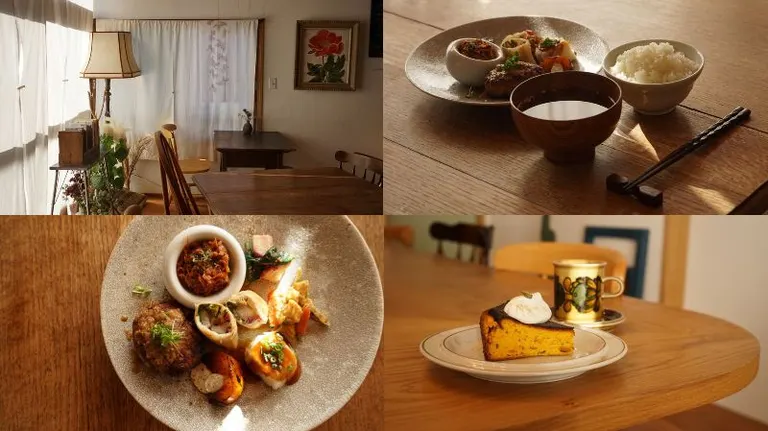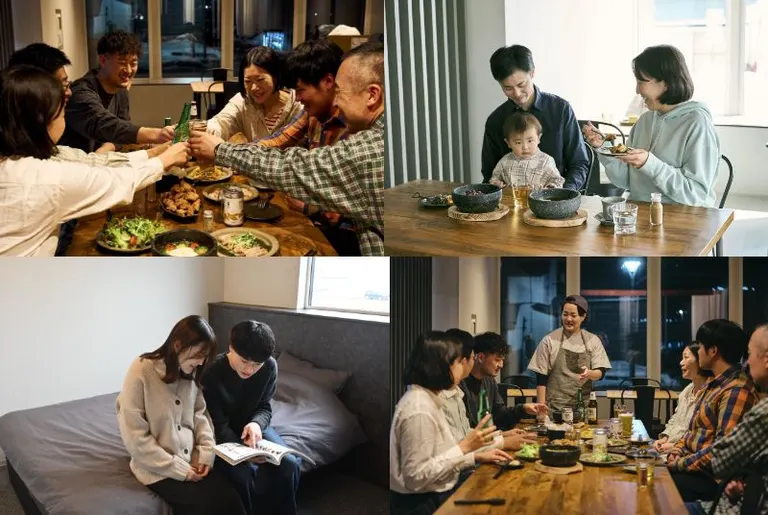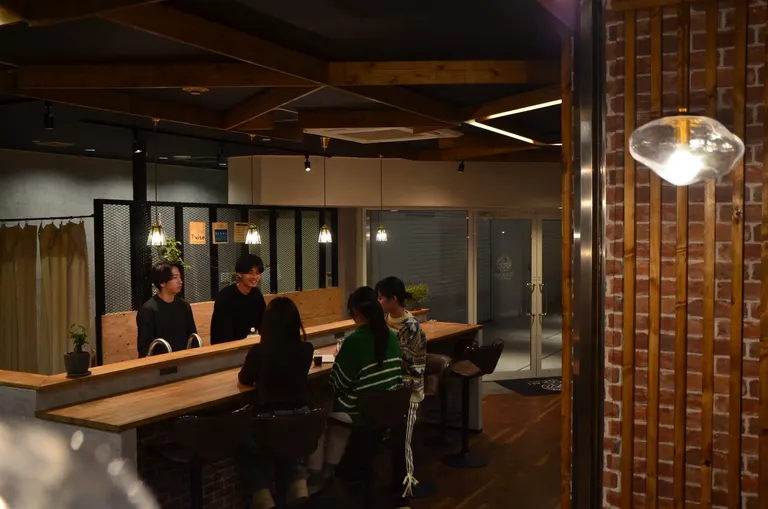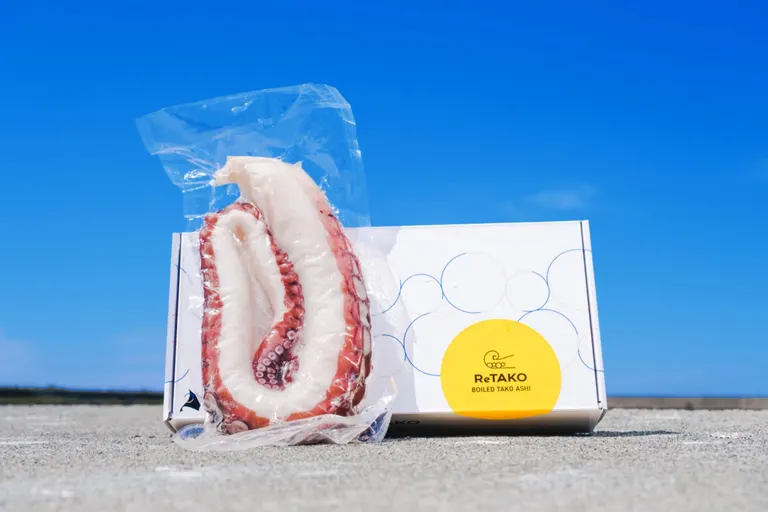
ARTICLES
Interesting people, wonderful things, and unforgettable places in East Hokkaido. Takuro Nakanishi has been following and weaving as if connecting the dots.
After graduating from high school, he found a job in the Kanto region and worked there for five years before making a U-turn to Kitami City. After that, Mr. Takuro Nakanishi, the representative of Dot Doto, a general incorporated association, started to disseminate information about Doto in order to "do a job that only I can do.
In June 2020, he and his friends raised funds through crowdfunding to publish an unofficial guidebook on Doto, ".doto", which sold 10,000 copies. With its rich content that introduces Doto from a local perspective, the book has increased the number of Doto fans not only in other areas of Hokkaido, but also nationwide.
In September 2022, following the first guidebook, the second "Unofficial Vision Book" was released, creating a stunning magazine filled with the ideals that more than 1,000 readers wanted to realize in Doto.
The magazine was filled with more than 1,000 readers' ideal visions of what they would like to achieve in Doto, including those who have lived in Doto since birth, those who have left but would like to return, those who love Doto but will not return, and those who have no connection to Doto but are curious about the region. We asked Mr. Nakanishi, who says, "I want to increase the number of people involved by bringing all kinds of people together," about his past and his ambitions for the future of Dot Doto.
Table of Contents
- Can I really do work that only I can do in my hometown?
- Learning the basics of production and starting up a local media company
- Meeting like-minded people and making a new start
- doto" is local information viewed through the way of life in East Hokkaido.
- Ideals I want to realize in East Hokkaido" received from many people
- We want to value our relationships with people outside of East Hokkaido.
Can I really do work that only I can do in my hometown?
Born and raised in Kitami, Mr. Nakanishi left his hometown after graduating from high school. He was assigned to the Ministry of Defense as a national civil servant and moved to Chiba Prefecture.
I felt like I wanted to leave my hometown and became a national civil servant because I wanted a job that involved nationwide transfers. I was in the Air Self-Defense Force, where I mainly did clerical work such as purchasing necessary supplies, inventory control, and delivery."
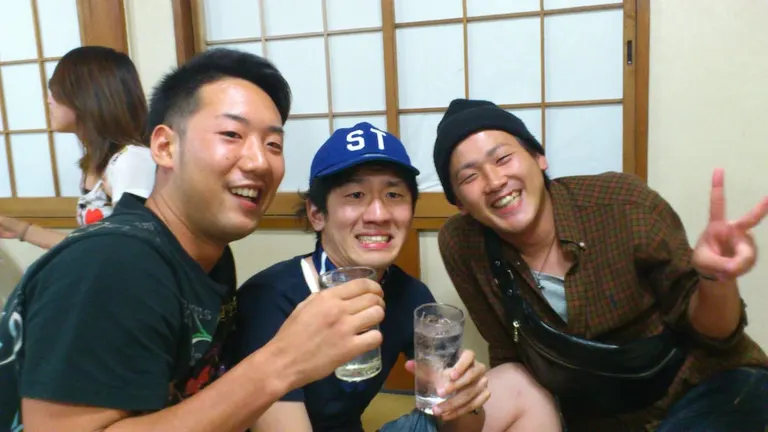
Mr. Nakanishi (middle) during his time with the Ministry of Defense.
I enjoyed the work itself, but even if I had a good post and worked until retirement, I was sure that the next day someone else would take my seat in the organization. I wonder, "Am I replaceable?" I felt that I wanted to do a job that only I could do, and this desire grew even stronger.
But I still didn't know what I could do. I wanted to go back to my hometown, but I didn't know what kind of situation Kitami was in, what kind of stores existed, or what kind of jobs were available. Many of my local friends who had also come to the Kanto region said they wanted to return home eventually, but I had no information to help me decide what I would do after returning.
Thinking, "This is a bad idea, so I have to send out information myself," Nakanishi quit his five-year job as a public servant and made a U-turn in 2012.
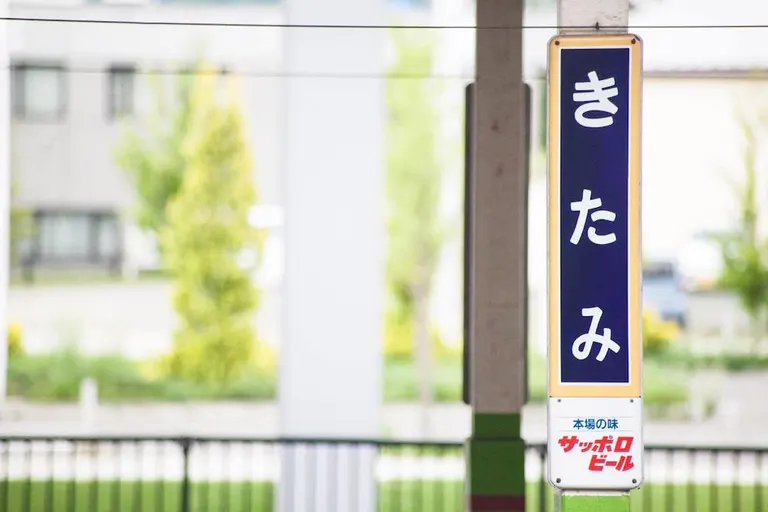
Learning the Rudiments of Production and Launching Local Media
After his U-turn, his first job was at a design company. I didn't even know Illustrator was a design tool at the time," Nakanishi laughs.
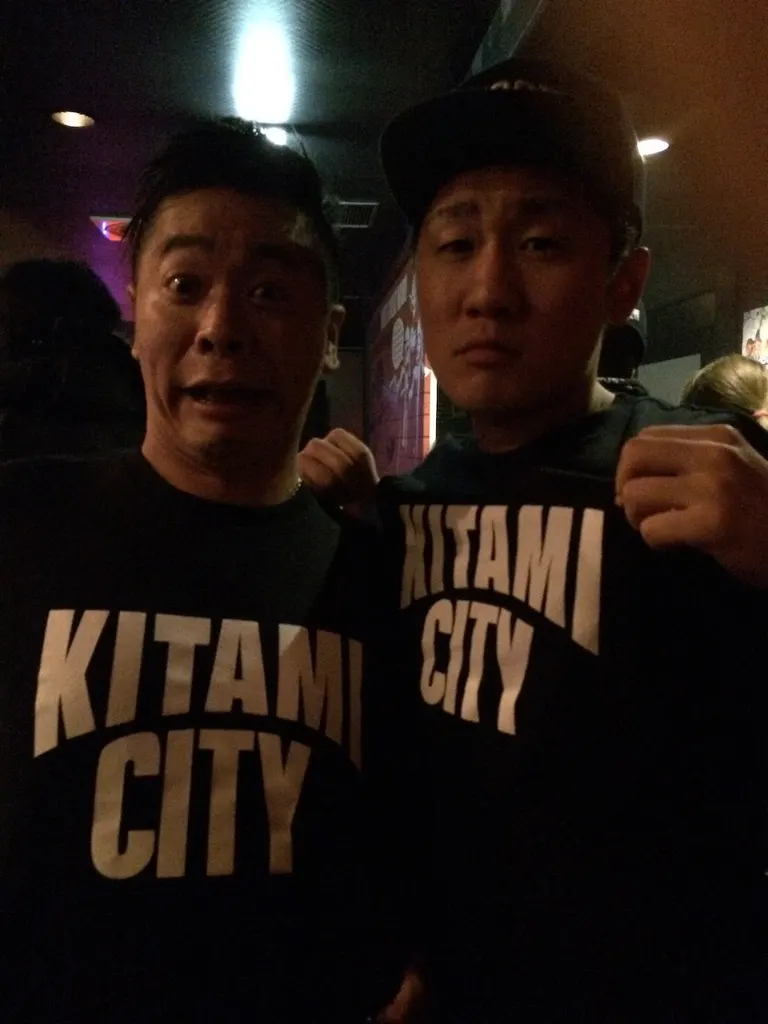
KITAMI CITY" T-shirt planned by Mr. Nakanishi while working at the design company
He was in charge of various tasks from sales to production, and experienced the entire process of completing printed materials during his less than two years with the company. After that, I started my own business, planning and editing advertisements, and also produced a little press at my own expense. I chose "1988," the year of my birth, as the title because I wanted the title to convey a sense of the creator's generation.
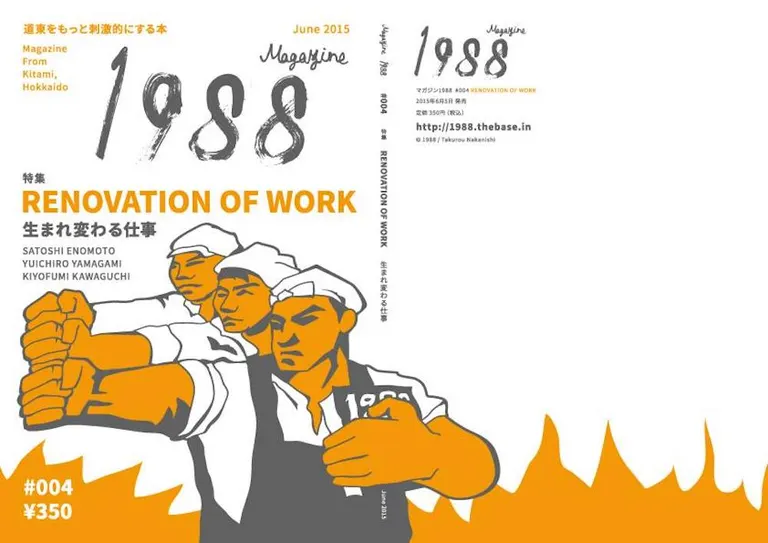
Under the tagline "Making Doto more stimulating and rich with creativity," I began interviewing and writing about what was happening around me and the interesting people I had met since I returned home. At first, I aimed to publish the magazine once a month, but I reached the limit of making it by myself, so from the fourth issue I switched to a pace of one magazine every two months, and in one year I released eight (laughs). (Laughs.) I set the release date myself, and sometimes I had to stay up all night for four days to make it in time.
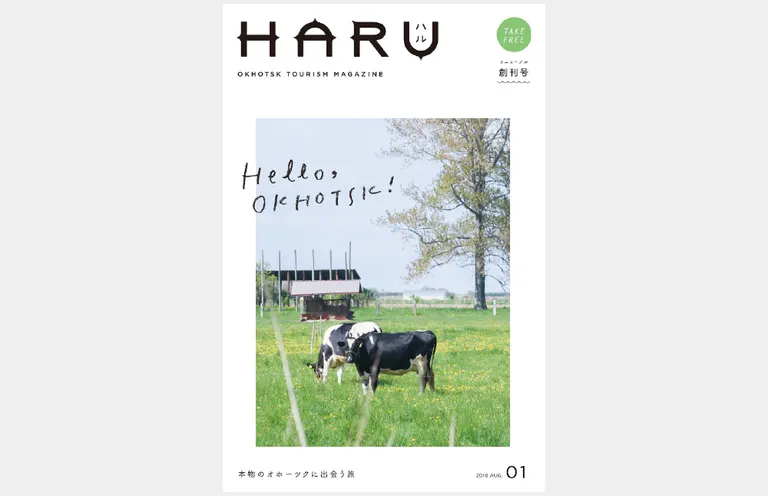
In 2017, he became a board member of Okhotsk Terroir, a general incorporated association, and also served as editor-in-chief of "HARU," a free paper introducing mainly Okhotsk food.
Coincidentally, those were the days of the independent local media boom. There were people in the Tokachi and Kushiro areas who shared Nakanishi's passion for local media, and they gradually became friends as they met each other from time to time.
Meeting like-minded people and making a new start
I was going to invite five guests who had seen various local examples across the country to Doto and plan a trip to make them fall in love with the area. So, I called on people who were working on similar projects in various places in East Hokkaido, raised money through crowdfunding, and finally made it happen.
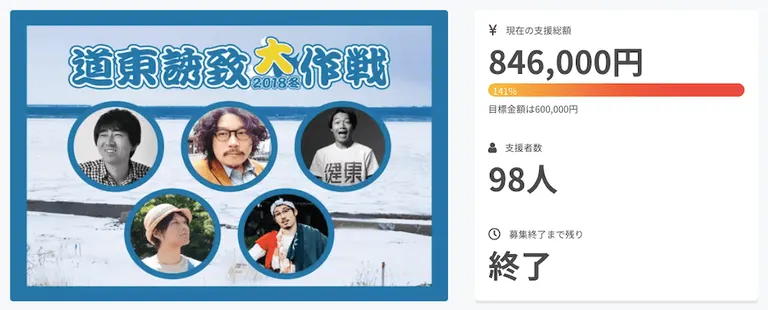
The crowdfunding support was divided into three areas (Tokachi, Kushiro, and Okhotsk), and the guests were given tours and talk events in the area that raised the most money. The project was a success, and the response was so great that even after "Operation Douto" was over, Nakanishi and his team were invited to participate in events in various locations.
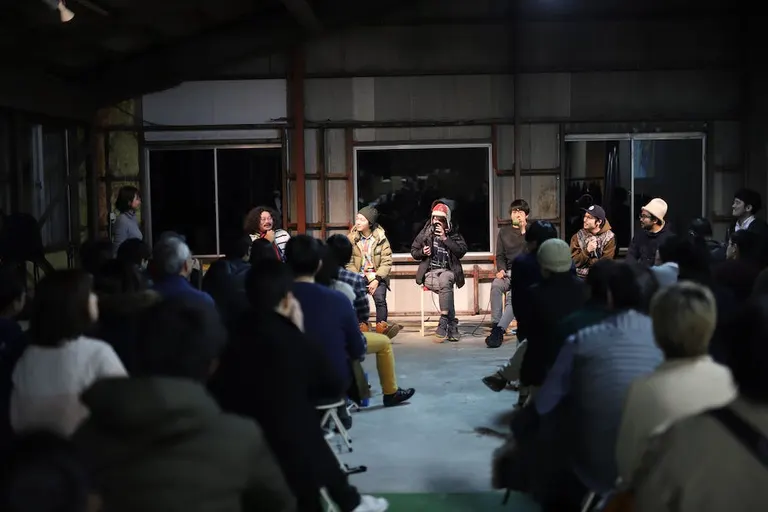
The largest amount of money was raised in the Okhotsk area, where a three-day, two-night tour event was held.
We had been showing up at various places as 'the people from Operation Doto,' but that was just the name of the project, and we didn't have a name. Then, we thought, let's create something like our own banner, so we started a corporation with the board members at that time.
The name of the corporation is Dot Doto, a general incorporated association. The name "Dot-Doto" means "connecting people (dots) living in the east of Hokkaido, a large island. The first thing we discussed after the establishment of the corporation was "What can we do?
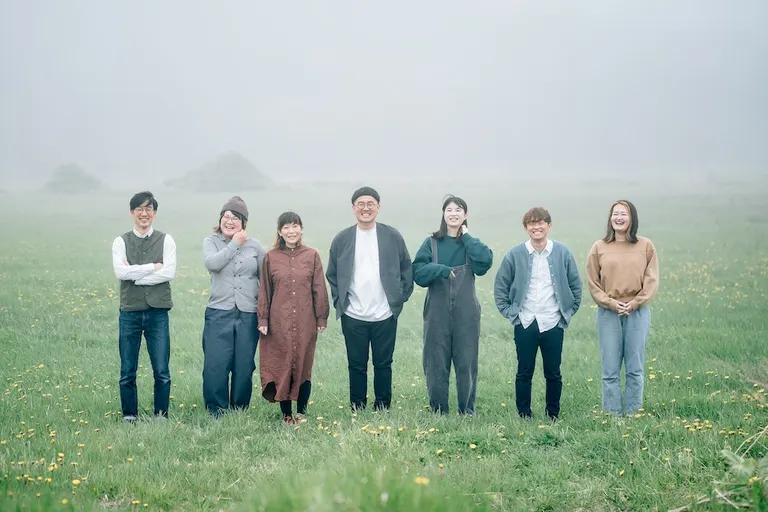
Members of General Incorporated Association Dot Doto. Mr. Nakanishi is in the center.
We talked about creating something that would serve as our business card. I felt again that our greatest strength is our connections with people and the information we have. The members live in Tokachi, Kushiro, and Okhotsk areas, so if we put them all together, we would be able to create something amazing. So we decided to make a guidebook.
This is how the production of ".doto" began. We divided the team into the Okhotsk, Kushiro, and Tokachi areas, and decided on members for each area to "create something we think is great. That was the first decision we made.
.doto" is information about the region as seen through the way of life in East Hokkaido.
When we raised the production cost through crowdfunding, we included "production assistance" as one of the returns. At first, I wondered if there were people who would be willing to help us with the production without compensation, in addition to receiving the money. When I opened the door and found that 50 people had gathered, I was happy to think that so many people had such passionate feelings for East Hokkaido.
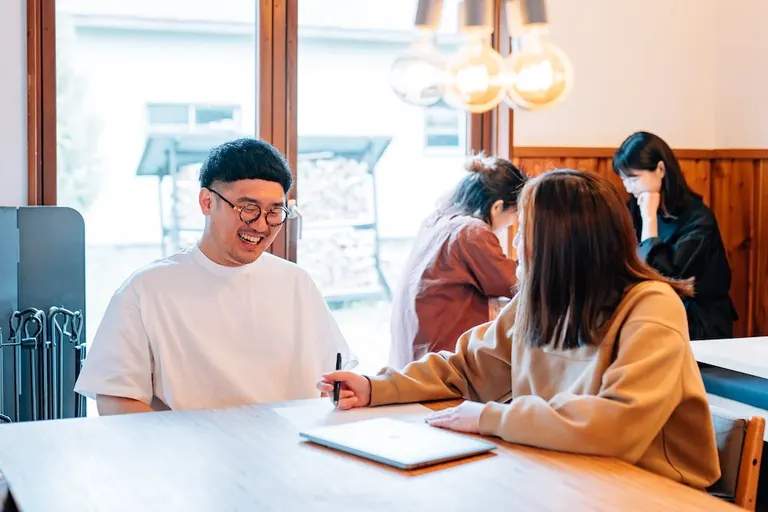
Including the creators who had originally planned to be involved in the project, nearly 100 people were involved in the production. Since each person was left to his or her own devices, Mr. Nakanishi, who was the supervising editor, was waiting to see what everyone would do.
When I saw the manuscripts that came in, I thought, 'This is information about the region as seen through the way of life in East Hokkaido. That's how we came up with the catchphrase, 'Living in the East of Hokkaido. The many creators of the magazine made it possible for them to come up with different plans and different tones, but the underlying idea was the same for all of them.
Although there may not be any famous stores or tourist attractions in the magazine, we wanted to introduce only the really good things from among the people, beautiful places, and comfortable stores that we found amazing through our own filters that are related to Doto. The finished magazine was filled with such thoughts.
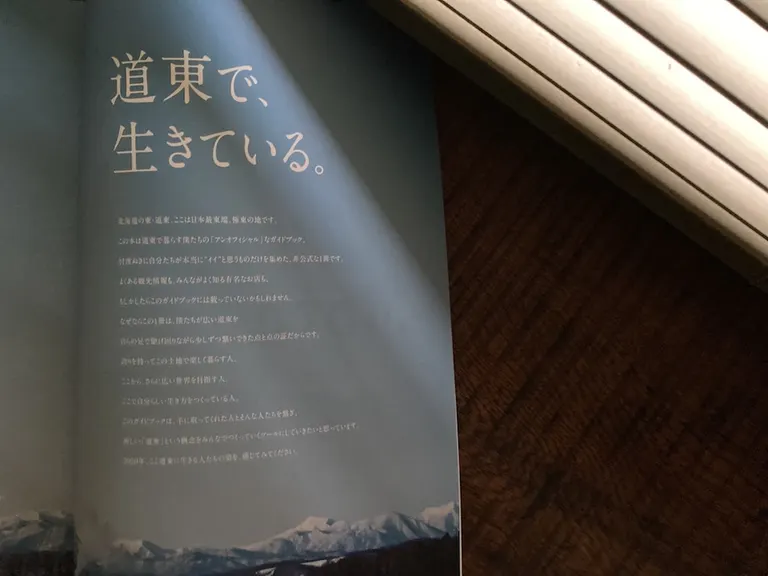
When Mr. Nakanishi himself lived in the Kanto region, he experienced many times when he said, "I'm from Kitami," only to have his head tilted back. If you say, "I'm from Hokkaido," the response is, "It's a nice place. I am from Hokkaido, but the sense of whether or not Hokkaido = Kitami is a little different. In the midst of such a shaky identity, what if I could confidently say, "My hometown is on the east side of Hokkaido.
I am sure there were many people who felt the same way. When the guidebook was published, there were people who bought many copies and distributed them individually. They probably used it as a business card to introduce themselves, saying, 'This is my hometown,' or 'This is my favorite place.
Ideals I want to realize in East Hokkaido" received from many people
Then, in September 2022, two years after the guidebook was created, the second issue of the ".doto" vision book was released. The highlight of this year's project was to ask those who supported the project through crowdfunding to submit their "Ideals you would like to realize in Doto. 1,000 people were collected for the project, and all of them were published in the magazine.
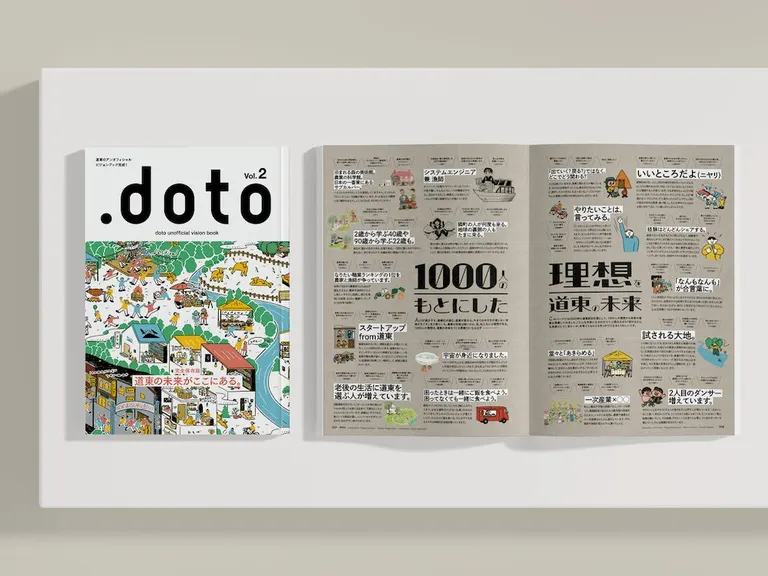
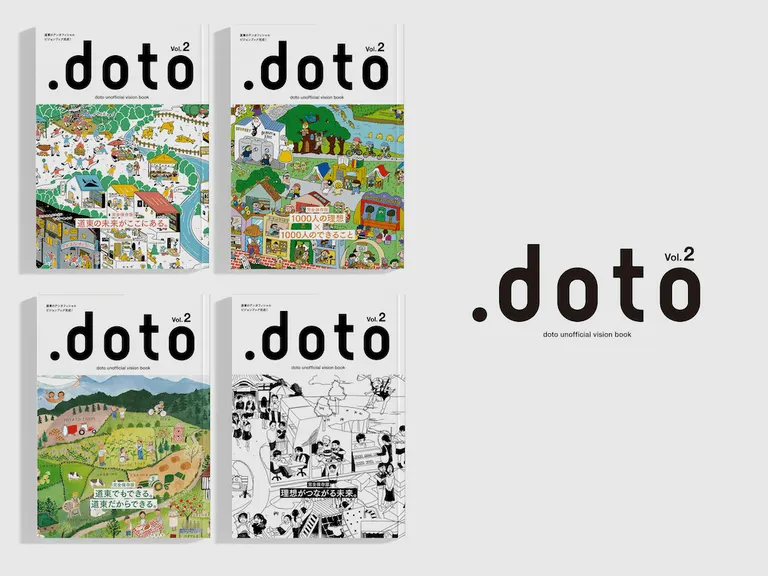
As with the first issue of the guidebook, we have prepared four different cover designs. It's hard to decide which one to buy!
During the crowdfunding process, even before the book was produced, we asked many people to send us their ideals they wanted to realize in East Hokkaido. Everyone wrote about their truly passionate ideas, and just reading them made me think, 'Oh, I'm so glad I started this project. We were so moved that we felt as if we had been given a push.
The interesting thing about crowdfunding is that the recipient of the book is already decided at the end of the campaign. In the case of the Vision Book, the destinations of 1,300 books had already been decided before the book was created.
In the case of the Vision Book, the destinations for 1,300 books were decided even before the book was created. I thought it was like a letter exchange.
We want to value our relationships with people outside of East Hokkaido as well.
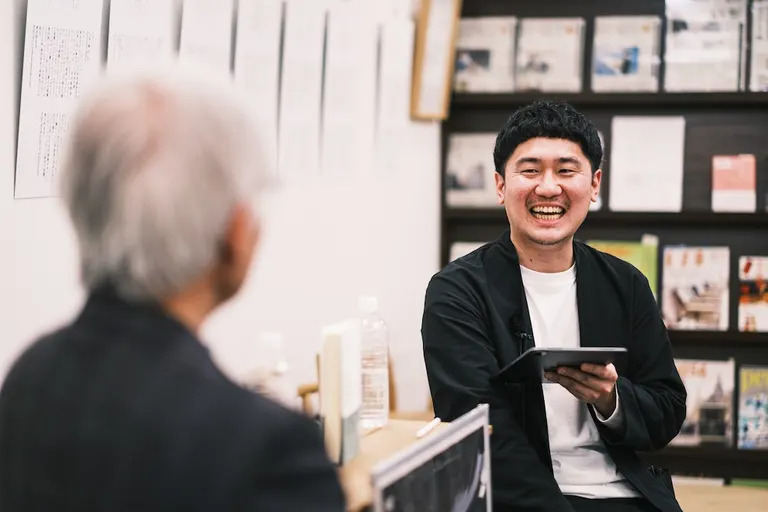
Photo by Keisuke Harada
Mr. Nakanishi has been digging in his hometown area of East Hokkaido, finding interesting things to share with the world. In fact, some people who have been exposed to the media Nakanishi has been involved with have made a U-turn from Tokyo to take over the family business, or have chosen Dot-Doto as a field to realize what they want to do.
Dot Doto currently operates "Doto de Hataraku," a job matching media for people who want to work in Doto and people who want them to work in Doto, utilizing its connections with people and the information it has. At the same time, we are also looking for ways to build a relationship with people who live far away but want to be involved in Doto.
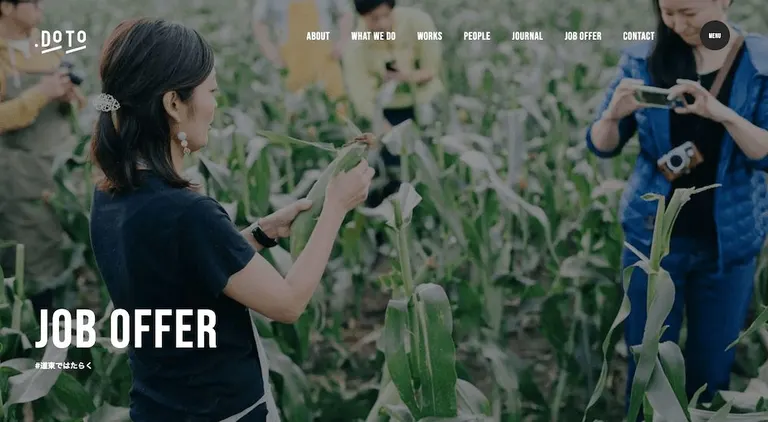
There are many people who are local to Doto but now live away from the area, have lived there before, or have traveled here many times. We have been able to come this far thanks to the support of people who care about Doto from faraway places. How can we create an ongoing relationship between these people and the East Hokkaido region? That is what I would like to focus on in the future.
Most of the population is moving out of the area, but Nakanishi believes that if more people from outside of the area can establish a relationship with Doto, the population will not necessarily be decreasing.
If people can learn about the good qualities of their hometowns that they had not seen before, or meet people they can become friends with, they may be able to do something together, even remotely. If Dot Doto can play a role in creating such opportunities," he says.

Photo by Keisuke Harada
The "I wish there was something like that" is born from a sense of our own issues. Nakanishi says, "I feel like we are doing now what I would have wanted to be involved in 10 years ago for sure.
Nakanishi has been exploring the east coast of Hokkaido, which takes five to six hours by car from one end to the other, on his own feet, and has continued to communicate only what he finds interesting. What topics will capture people's interest in the future? We will keep our eyes on Mr. Nakanishi and Dot Doto's efforts in the future.
Thumbnail image: Keisuke Harada (Instagram)
 Takuro Nakanishi
Takuro Nakanishi
Born in Kitami City, Hokkaido in 1988. After joining the Ministry of Defense, he lived in Chiba Prefecture until 2012, when he made a U-turn. 2015, he launched "Media Magazine 1988" to make Doto more exciting. 2017, he became a board member of Okhotsk Terroir, a general incorporated association, and editor-in-chief of "HARU". In May 2019, he established and assumed the position of representative of Dot Doto, a community organization that promotes independent activities in the East of Hokkaido. In addition to managing local media, he also edits, produces, and plans events such as "Operation Dotohto Attraction. He is involved in a wide range of activities to connect Dot-Doto.
For more information about Takuro Nakanishi, please click here!
Domingo Local Player Page / https://dotdoto.com/ / https://1988web.com/ / note
Writer Profile
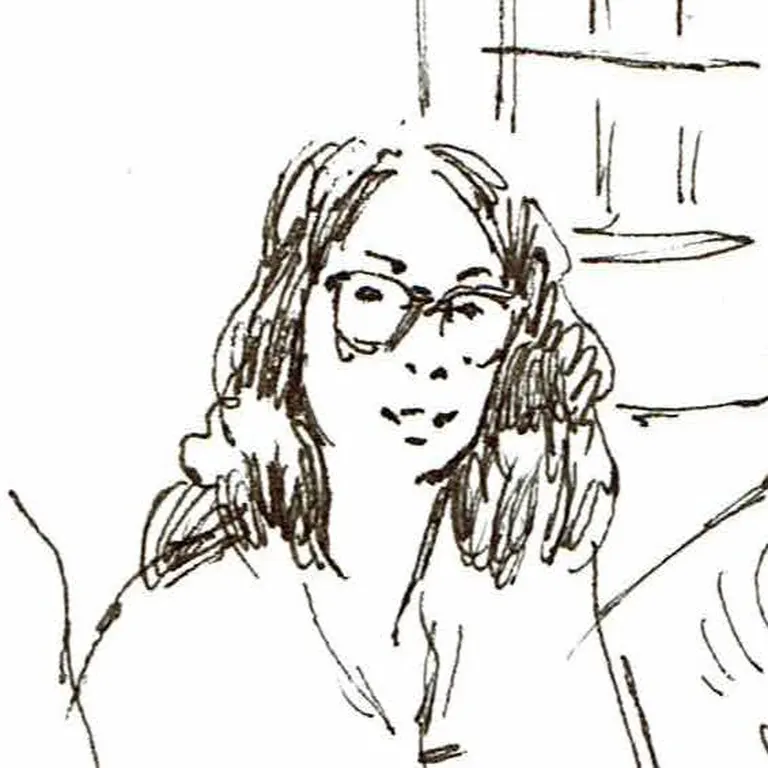 Satoko Nakano
Satoko Nakano
I was born and raised in Tottori Prefecture, the least populated prefecture in Japan. After graduating from high school, I moved to Tokyo and lived in Tokyo for 20 years before moving to Kimobetsu-cho with my family in August 2017. I enjoy the clean air and heavy snowfall at the foot of Mt. Yotei and the warmth of the people every day.







